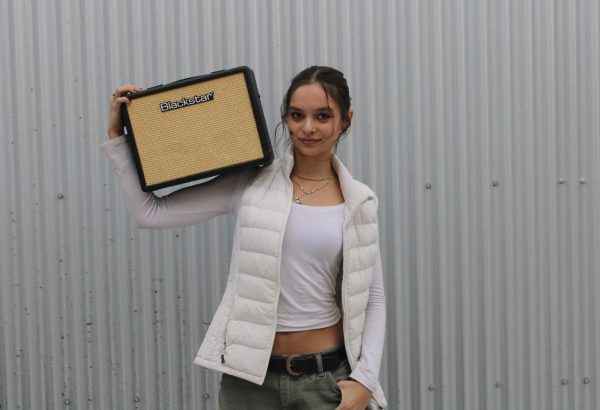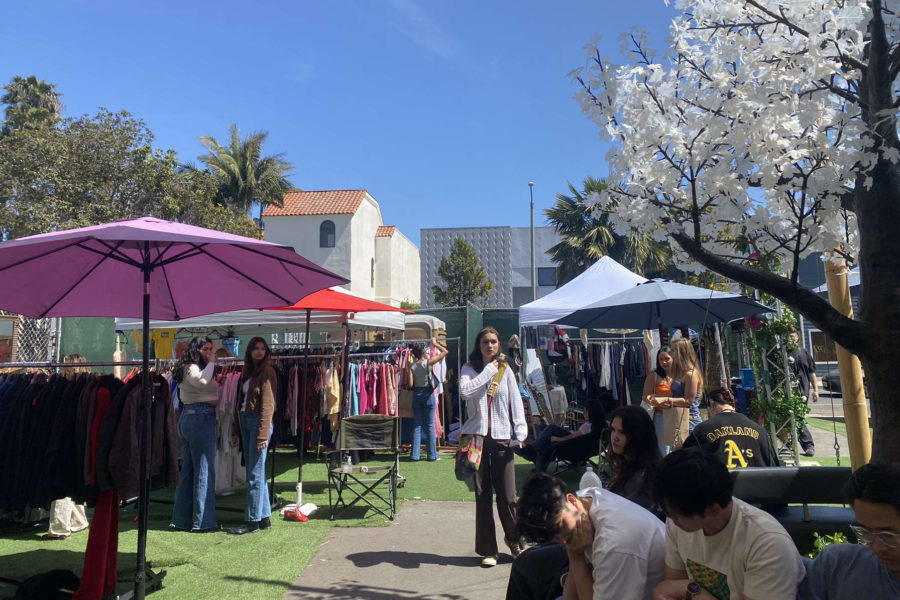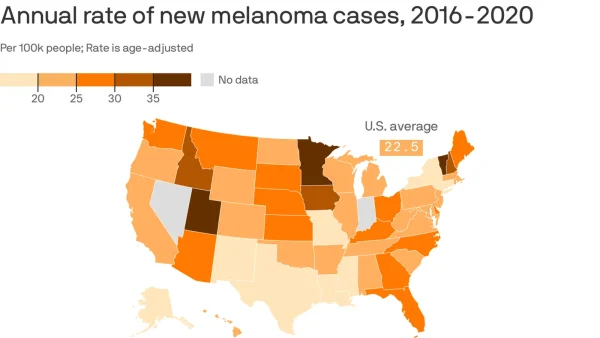Fast fashion is threatening thrift store clothing
A thrift market that happened in Santa Barbara.
A large amount of fast fashion clothing has made its way into thrift stores, which makes it harder for people who’ve been purchasing second-hand clothing to find quality garments.
Thrifting has become popular among Gen Z in recent years as concerns about sustainability in fashion rise and the Y2K style is trending again. Thrifting is also encouraged by many people because it’s a great way to get amazing quality clothing at a much more affordable price.
Along with the rise of thrift stores, the fast fashion industry is rising too—at an overwhelming rate, with brands like Shein and BooHoo. According to data analytics company Earnest Research (which collects credit card data), sales from Shein grew 160% from January to June in 2021 alone. Shein controlled 28% of the American fast fashion market and right behind it were H&M, Zara, Forever 21, and Fashion Nova. This has had a significant impact on the thrift market in recent years. Since 2019 in particular, fast fashion has made its way into thrift stores around the world, both online and offline.
“If you donate trash to a thrift store, it doesn’t just disappear,” Adam Minter, the author of “Secondhand: Travels in the New Global Garage Sale,” said in an interview with the New York Times. He also mentioned that smaller stores in particular could easily become overwhelmed by incoming garments, making it “much harder to do the business of running a thrift store.”
Adam Minter said that his research had shown that thrift stores have had no shortage of donations, especially in recent years. But an increase in donations has led to an increase in business costs as thrift stores require more employees and time to sort through the clothes. That means that 20% of donations are priced higher to cover the cost of running the store.
This increase in donations to thrift stores led to an increase in choices. This is very much a double-edged sword, as it gives more choice to the customers. But now that most of the clothes donated are from fast fashion brands, it’s harder for the customers to find good-quality clothing. In 2021, the online consignment store ThredUp received more clothing than any other year since its founding in 2009, with most of those items coming from fast-fashion retailers. According to a ThredUp spokeswoman in an email to The New York Times, compared to 2020, there was a 186% increase in the number of items listed from Shein and a 75% increase in pieces from PrettyLittleThing.
Just recently, in November 2022, the online thrift store Vestiaire Collective banned fast fashion. According to the retail site, roughly 5% of listings will be hit by the move as they seek to position themselves as an eco-conscious player at the upper end of an increasingly competitive market.
Not all the thrift stores responding to this phenomenon are going to be the same. It’s understandable that fast fashion is rising since a lot of Gen Z customers don’t have money to afford designer brands or sustainable fashion. However, it’s just a matter of time that they have to respond to this.
Thank you for your donation! Your donation will support the student journalists of Dos Pueblos High School. Your contribution will allow us to purchase equipment and cover our annual website hosting costs. Please contact [email protected] if you'd like us to send a tax receipt.

Max Phan (12) enjoys styling and expressing himself through his fashion. Max’s favorite brands vary from Balenciaga, Schiaparelli, and Calvin Klein,...

Gita Majumdar (11) loves to spend her free time listening to music. She enjoys many different musical artists, ranging from Kendrick Lamar and Drake to...








Finn • Aug 15, 2023 at 9:14 am
I like thrifting